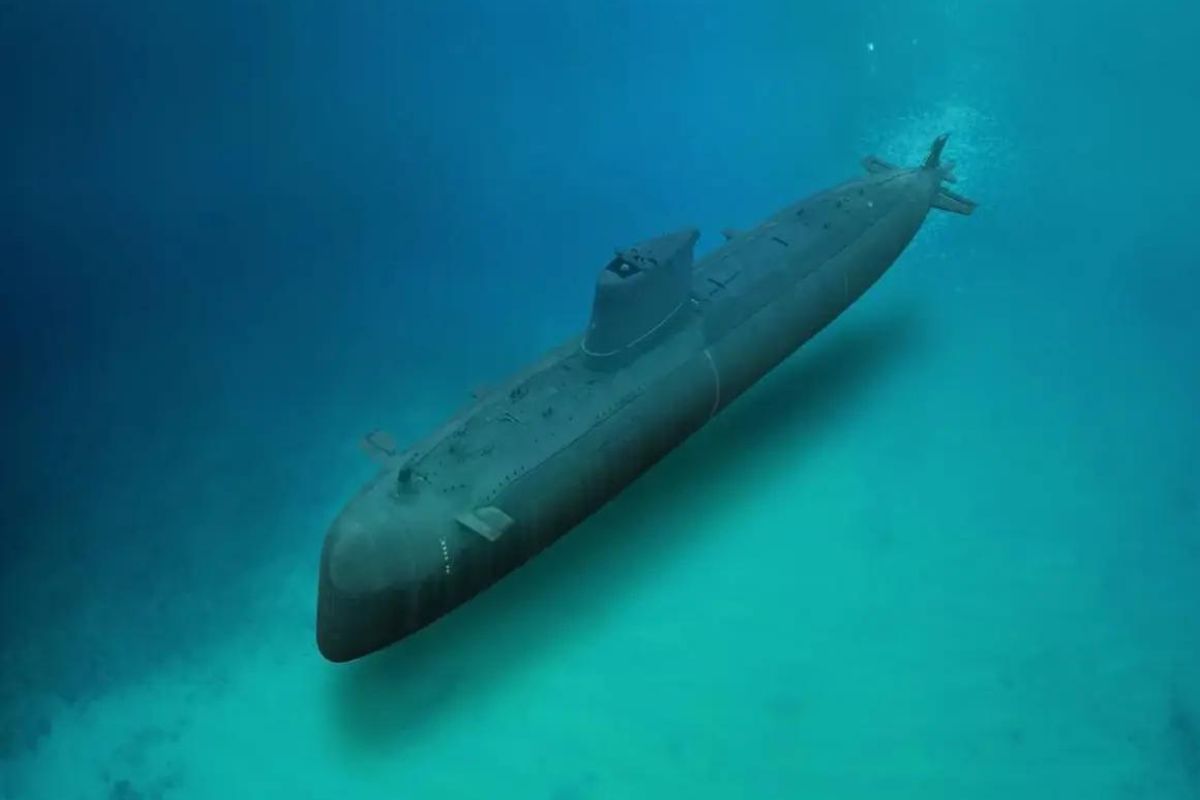Mysteries Of Cold War Submarine Stations In Maine

Have you ever wondered about the hidden secrets beneath the waters of Maine? During the Cold War, submarine stations in Maine played a crucial role in national defense. These underwater outposts were shrouded in mystery, with their exact locations and operations kept top secret. Today, many of these sites remain off-limits, but their stories continue to intrigue history buffs and adventure seekers alike. From covert missions to advanced technology, the legacy of these stations offers a fascinating glimpse into a tense period of global history. Let's dive into the mysteries and uncover what made these submarine stations so vital during the Cold War.
Mysteries of Cold War Submarine Stations in Maine
Maine's coastline hides secrets from the Cold War era. Submarine stations, once bustling with activity, now stand as silent witnesses to a tense period in history. Let's explore these intriguing locations.
1. Naval Communication Station, Cutler
The Naval Communication Station in Cutler played a crucial role during the Cold War. This station, with its massive antennas, was used to communicate with submarines deep underwater.
- Historical Significance: Built in 1961, it was one of the most powerful communication stations in the world.
- Current Status: Still operational, but with reduced activity compared to its peak during the Cold War.
- Visitor Experience: While not open to the public, the surrounding area offers scenic views of the coastline.
2. Portsmouth Naval Shipyard, Kittery
Portsmouth Naval Shipyard, located in Kittery, Maine, has a long history of building and maintaining submarines. During the Cold War, it was a hub of activity.
- Historical Significance: Established in 1800, it played a vital role in submarine construction and repair.
- Current Status: Still active, focusing on the maintenance and modernization of submarines.
- Visitor Experience: Tours are available, offering a glimpse into the shipyard's storied past.
3. Naval Security Group Activity, Winter Harbor
Naval Security Group Activity in Winter Harbor was a key listening post during the Cold War. It intercepted and analyzed communications from Soviet submarines.
- Historical Significance: Operated from 1935 to 2002, it was crucial for intelligence gathering.
- Current Status: Closed in 2002, the site has been repurposed for other uses.
- Visitor Experience: The Schoodic Institute now occupies part of the site, offering educational programs and nature trails.
4. Submarine Base, Eastport
Eastport's Submarine Base was a lesser-known but important facility during the Cold War. It provided support and maintenance for submarines patrolling the North Atlantic.
- Historical Significance: Established during World War II, it continued to serve through the Cold War.
- Current Status: Decommissioned, with some structures still standing.
- Visitor Experience: The area is accessible to the public, with remnants of the base visible along the waterfront.
5. Naval Air Station, Brunswick
Naval Air Station Brunswick supported anti-submarine warfare efforts during the Cold War. Aircraft from this base patrolled the Atlantic, searching for Soviet submarines.
- Historical Significance: Active from 1943 to 2011, it played a key role in maritime patrol operations.
- Current Status: Closed in 2011, the site has been redeveloped for civilian use.
- Visitor Experience: The former base now hosts a variety of businesses and community events, with some historical displays.
6. Naval Radio Station, Bar Harbor
Naval Radio Station Bar Harbor was another critical communication hub during the Cold War. It relayed messages to and from submarines operating in the Atlantic.
- Historical Significance: Established in the early 20th century, it was a key part of the Navy's communication network.
- Current Status: Decommissioned, with some buildings repurposed for other uses.
- Visitor Experience: The site is now part of Acadia National Park, offering hiking trails and historical markers.
7. Naval Facility, Cape Elizabeth
Cape Elizabeth's Naval Facility was a listening post that monitored submarine activity in the North Atlantic. It played a vital role in tracking Soviet submarines.
- Historical Significance: Operated from the 1950s to the 1990s, it was part of the Sound Surveillance System (SOSUS).
- Current Status: Closed, with some structures still standing.
- Visitor Experience: The area is now a public park, with interpretive signs detailing its history.
8. Naval Security Group Activity, Winter Harbor
Naval Security Group Activity in Winter Harbor was a key listening post during the Cold War. It intercepted and analyzed communications from Soviet submarines.
- Historical Significance: Operated from 1935 to 2002, it was crucial for intelligence gathering.
- Current Status: Closed in 2002, the site has been repurposed for other uses.
- Visitor Experience: The Schoodic Institute now occupies part of the site, offering educational programs and nature trails.
9. Naval Facility, South Portland
South Portland's Naval Facility was part of the SOSUS network, monitoring submarine activity in the Atlantic. It played a crucial role in detecting Soviet submarines.
- Historical Significance: Operated from the 1950s to the 1990s, it was a key part of the Navy's underwater surveillance system.
- Current Status: Closed, with some buildings repurposed for other uses.
- Visitor Experience: The site is now a public park, with interpretive signs detailing its history.
Hidden History Beneath the Waves
Cold War submarine stations in Maine hold fascinating secrets. These underwater sites played a crucial role in national defense. They were part of a larger network designed to monitor Soviet activity. Many of these stations are now abandoned, but their stories remain. Exploring these locations offers a glimpse into a tense period in history.
Maine's coastline hides more than just natural beauty. It also conceals remnants of a bygone era. Visiting these sites can be both educational and thrilling. They remind us of the lengths taken to ensure security during uncertain times.
Next time you're in Maine, consider diving into this hidden history. It's a unique way to connect with the past and understand the complexities of the Cold War. These submarine stations are silent witnesses to a world that once was, waiting to share their stories with those curious enough to listen.

